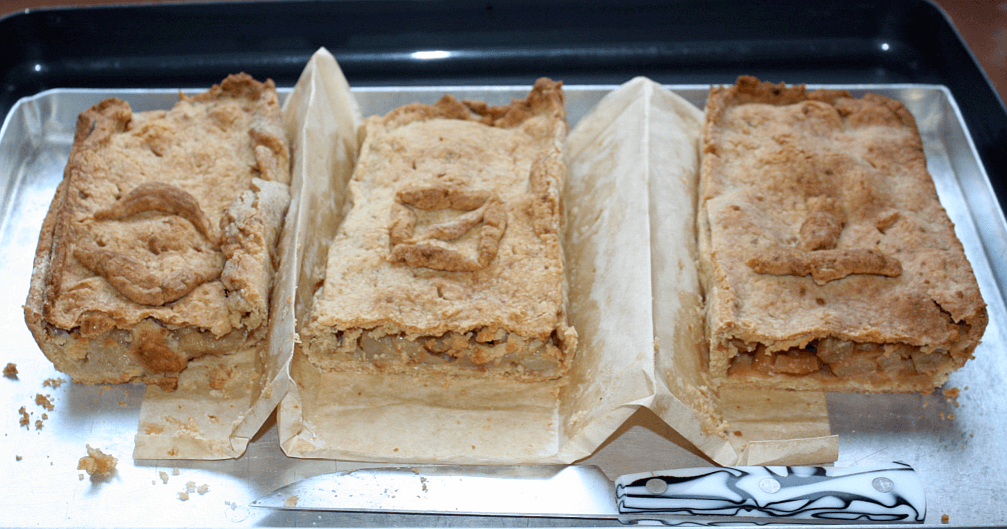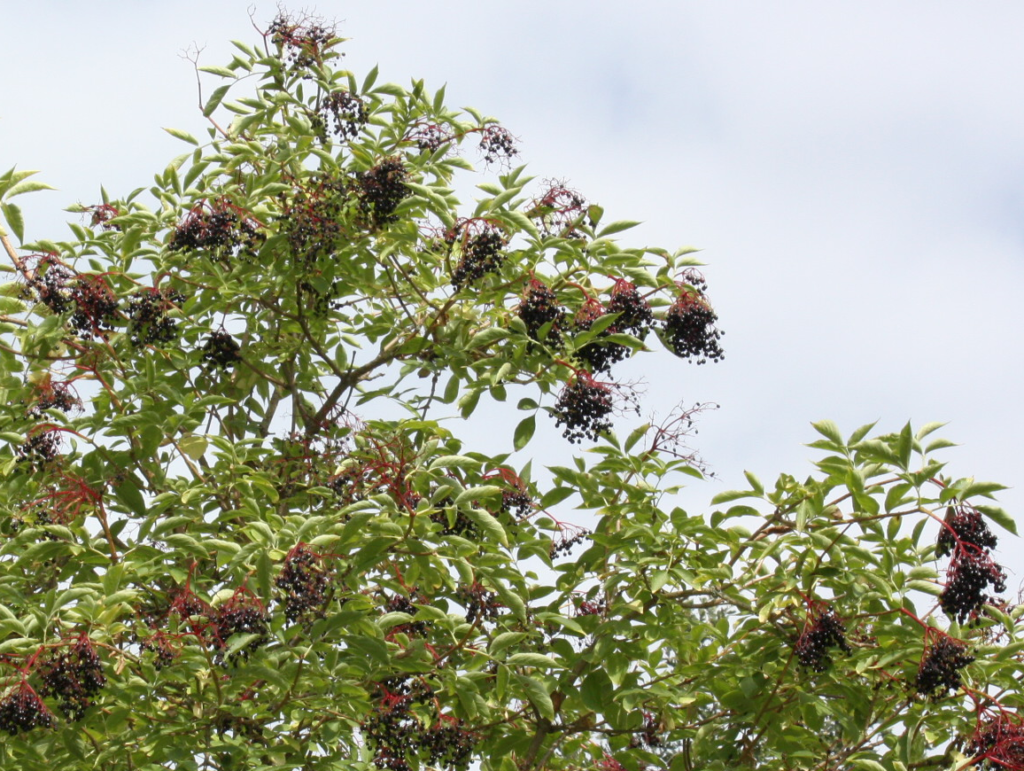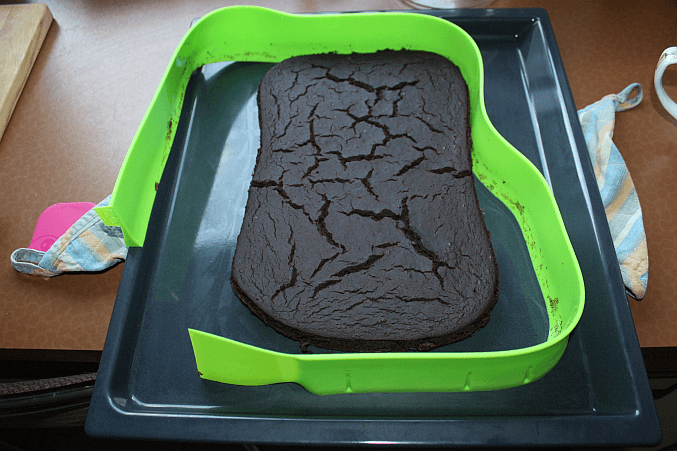There was... more windfall. So there are more apples. Even better: there are more apples from three different trees, which means tat we got to taste-test and compare their tastes both raw and, due to some fancy baking action, in baked form.

Because there's no such thing as an excuse too bad to have apple pie, right?
The result, by the way, is that still-warm, they are as distinctly different as they were in their raw state. All have an appeley taste, but one was significantly more acidic, one was rather sweet, and the third had, for my personal taste, the most iconic "I am an apple pie" apple taste, with a nice balance between sweet and acidic, and getting pleasantly mushy during the baking process.
Still to be done: Taste comparison after cooling fully. And then we can decide what to do with the rest of the windfall... more pie? Apple sauce? Apple cake? Who knows...

Because there's no such thing as an excuse too bad to have apple pie, right?
The result, by the way, is that still-warm, they are as distinctly different as they were in their raw state. All have an appeley taste, but one was significantly more acidic, one was rather sweet, and the third had, for my personal taste, the most iconic "I am an apple pie" apple taste, with a nice balance between sweet and acidic, and getting pleasantly mushy during the baking process.
Still to be done: Taste comparison after cooling fully. And then we can decide what to do with the rest of the windfall... more pie? Apple sauce? Apple cake? Who knows...









 This is what happens if you beat in too much of the watery base - even if you have enough emulsifying agents in there, you start to get pockets of the watery phase. Next step if you beat in even more: "curdling". Which means you need to have a bit more butter, whip that nice and soft. Then beat the curdled stuff into the butter, and all will be fine again.
This is what happens if you beat in too much of the watery base - even if you have enough emulsifying agents in there, you start to get pockets of the watery phase. Next step if you beat in even more: "curdling". Which means you need to have a bit more butter, whip that nice and soft. Then beat the curdled stuff into the butter, and all will be fine again. It's not looking spectacular, I know... but the taste is wonderful.
It's not looking spectacular, I know... but the taste is wonderful.